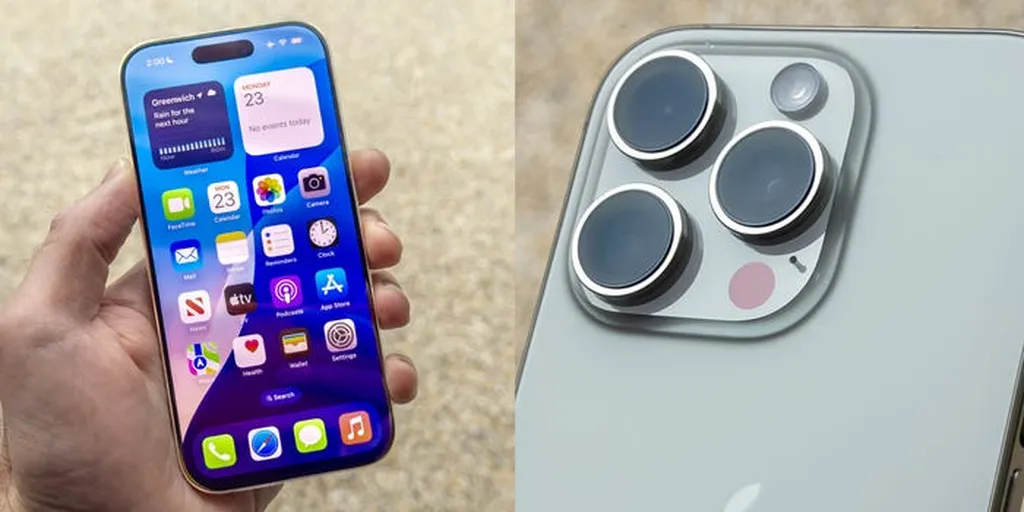In the world of musical instrument manufacturing, precision and quality are paramount. For recorder manufacturers, ensuring the highest standards in product quality is not just about aesthetics but also about producing instruments that deliver precise tones, satisfying customers and musicians alike. However, traditional visual inspection methods have long posed challenges, with human error and subjective judgments often leading to inconsistencies. Enter Rizki Putra Prastio, a researcher from Universitas Airlangga, who has developed a groundbreaking machine vision system that could revolutionize quality inspection in the industry.
Prastio’s system leverages the power of deep learning to detect abnormal patterns on the inner surface of recorder musical instruments. The system uses an industrial-grade camera with a resolution of 1280 × 1024, paired with industrial lighting, to capture high-quality images of the recorder’s interior. Due to the tube-shaped construction of the instrument, the bright-field imaging technique is employed to illuminate the interior effectively.
The heart of the system lies in its use of ResNet50, a deep learning model known for its balance between accuracy and efficiency. “ResNet50 was selected as a feature extractor due to its proven performance in image recognition tasks,” Prastio explains. The system also employs a Neural Network as the classifier, ensuring that the model can accurately distinguish between acceptable and defective products.
The results of Prastio’s research are impressive. The model achieved an accuracy of 95.7%, with precision, sensitivity, and specificity all exceeding 95%. Moreover, the area under the curve of the Receiver Operating Characteristic (ROC AUC) score reached 0.9906, indicating the model’s exceptional ability to separate features from the two classes. “These findings suggest that the proposed method offers an alternative to subjective visual inspection,” Prastio notes, highlighting the potential of the system to transform quality control processes in the industry.
The commercial impacts of this research are significant. By automating the quality inspection process, manufacturers can reduce the risk of human error, improve consistency, and ultimately enhance customer satisfaction. The system’s high accuracy and efficiency can lead to cost savings and increased productivity, making it a valuable tool for any recorder manufacturer looking to stay competitive in the market.
Looking ahead, Prastio suggests that future research could explore diverse deep learning architectures to further enhance performance and achieve faster classification. This could open up new possibilities for the application of machine vision systems in other areas of musical instrument manufacturing and beyond.
Published in the Jurnal RESTI (Rekayasa Sistem dan Teknologi Informasi), which translates to the Journal of Systems and Information Technology Engineering, this research represents a significant step forward in the field of defect detection and quality control. As the industry continues to evolve, the integration of advanced technologies like machine vision and deep learning will undoubtedly play a crucial role in shaping the future of manufacturing.

